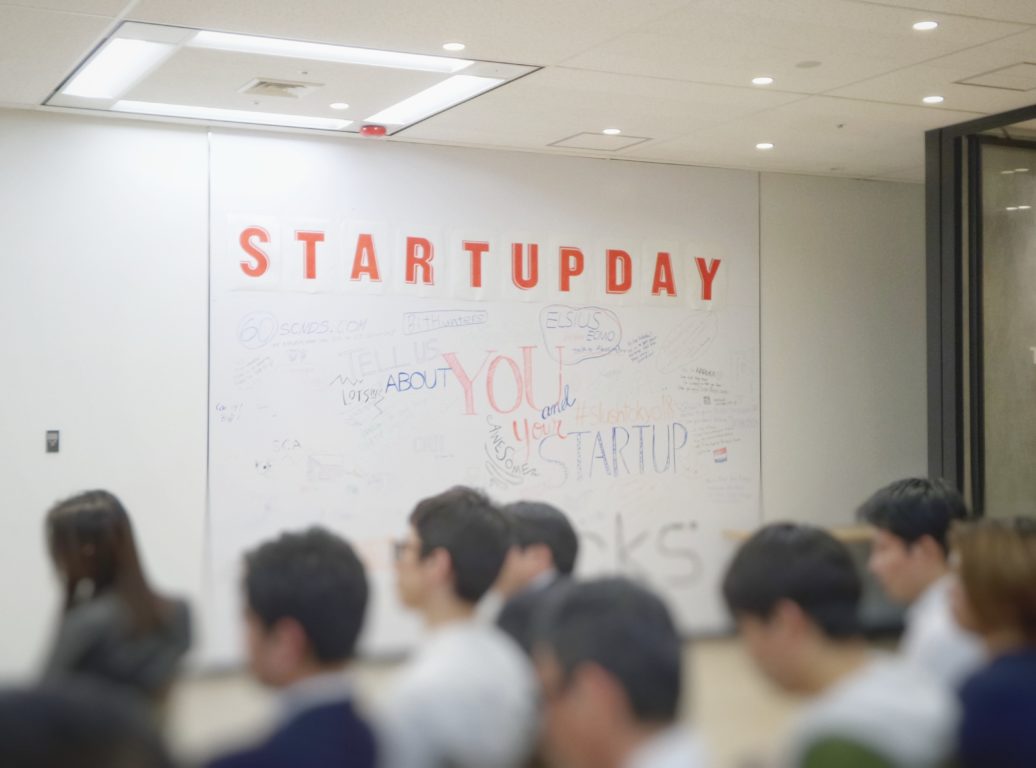Many businesses will struggle when getting employees out of their vacation mood. How do you tell yourself that you’re back to work when the only difference from vacation is that you have some online meetings in your calendar?
This article was published in Dagens Næringsliv.
We all need small transitional rituals in our everyday life. For example, taking on your regular working clothes or the usual drive to and from the office. Small, yet important activities that tell you that you make the transition from work to leisure or the other way around. This is still important for many people to maintain focus, efficiency, and motivation when working.
This fall will be different. Mostly because the recommendation of keeping your home office will still be effective in many industries. You’re not supposed to go back to the office. You don’t even need to get back from your cabin. It won’t matter as no one can see that you’re still sitting in your swimming trunks, after a quick morning swim, in the first Teams-meeting of the day.
I worry that too many underestimate the psychological effect of continuing working solely from home will have on both the effort and wellbeing of the employees. I believe that many will struggle to get back to work properly and that many will experience less motivation and miss their colleagues and a work community. The transition from vacation to work can never be too clear.
It is also crucial that important enterprises follow the recommendations from the government and participate in the work to prevent a new outbreak of Covid-19, or at least reduce the chances of it happening.
We therefore need to think differently after this summer. Here are three recommendations to what you can do to get employees out of their vacation mood.

1. Set a specific date for when the vacation is officially over:
Although employees end their vacation on different dates, your business should have a specific date that marks the beginning of the autumn symbolically. This is when all the set meetings have begun, or even just an expectation that those who participate in meetings from the comfort of their home meet in regular working clothes.
2. Mark the restart with a common physical and digital event:
Many organizations and businesses have a party to mark the beginning of summer vacation; a nice get-together to end a good working-year. This year should also include an event that marks the beginning of a new working year and sets the mood for the autumn. It doesn’t need to be grand or expensive. The most important is that people gather either physically or digitally to show that they’re one team and motivated to start working.
3. Be clear when communicating to employees:
Many are nervous or excited for the coming autumn. Will society get back to normal, what long term consequences will my organization face, will people be fetched back from redundancy, or will there be layoffs? The employers must address this concern and make it a part of the start-up after summer. You must avoid a “wait-and-see” attitude that makes the organization passive and makes people lose their motivation.